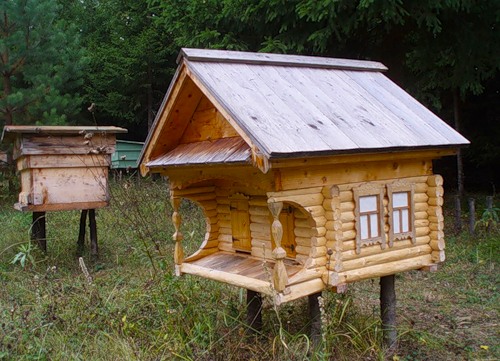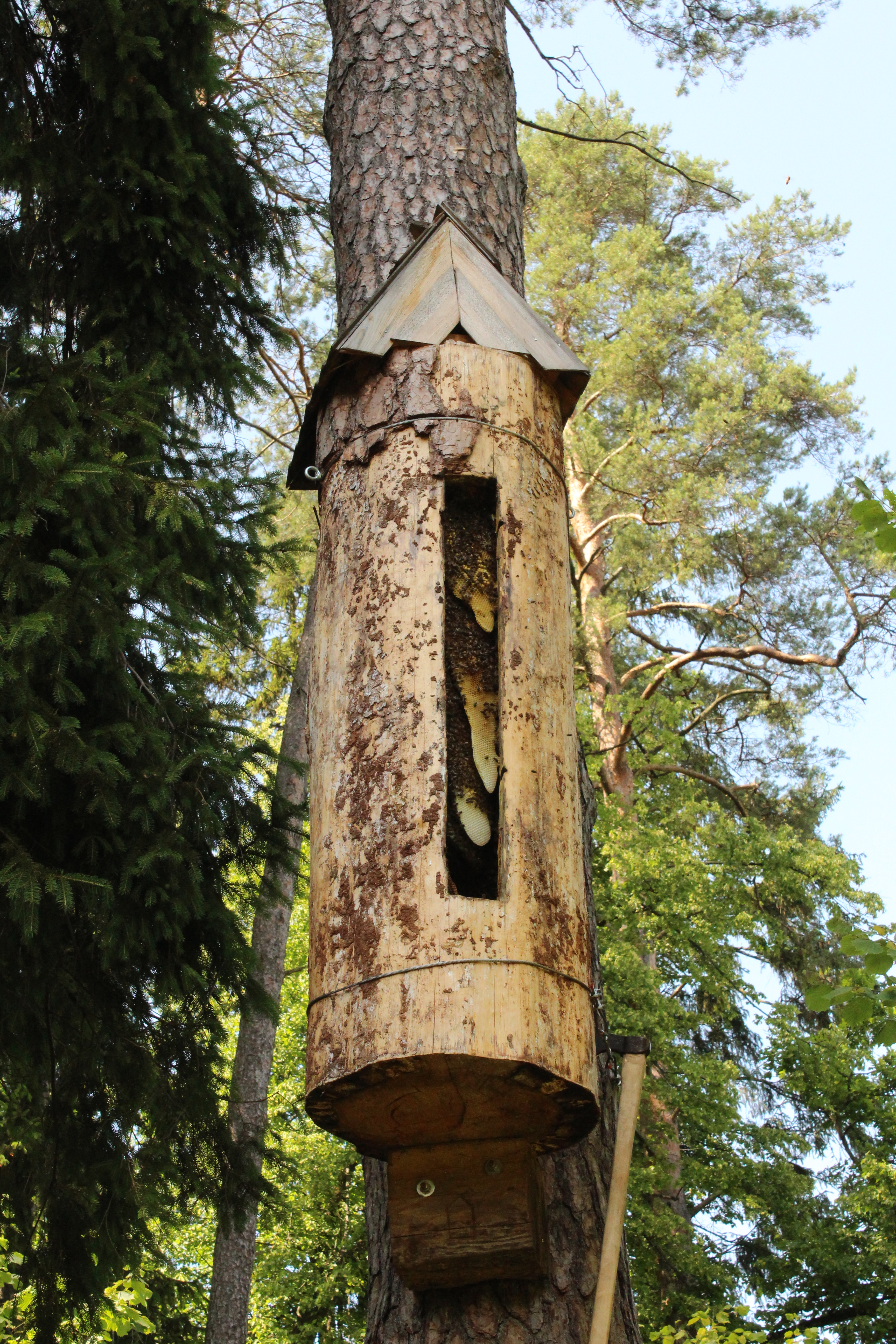Finman
Queen Bee
- Joined
- Nov 8, 2008
- Messages
- 27,887
- Reaction score
- 2,026
- Location
- Finland, Helsinki
- Hive Type
- Langstroth
Does he not mean that he doesn't bother with those small colonies that are badly affected by mites? Or have I misunderstood
I wrote that I have small nucs which I care with terrarium heaters over the winter. Then it started a huge poking.
My purpose was tell that even others may use terrarium heaters in special cases.
What I need to save in those nucs are good quality queens. I have done this many times, and I do not need any help in this issue, but neither that eternal rubbish.
Insulating things are very simple. Just buy a poly box and put onto it a proper inner cover.
.





















































